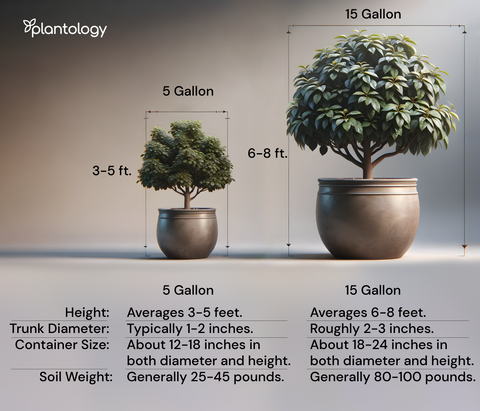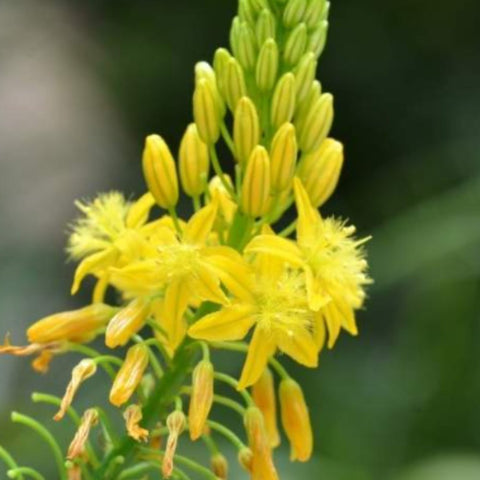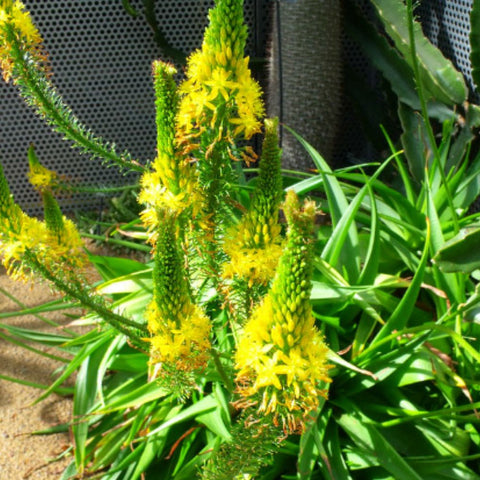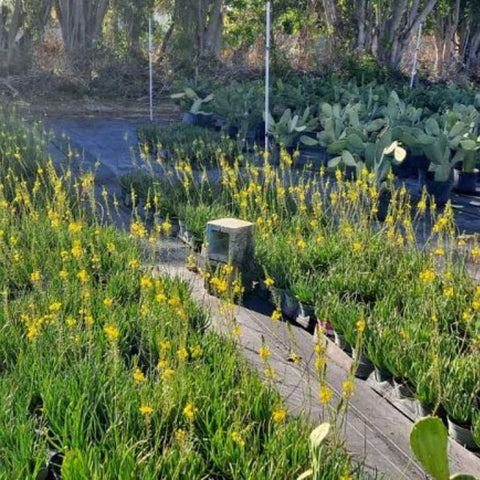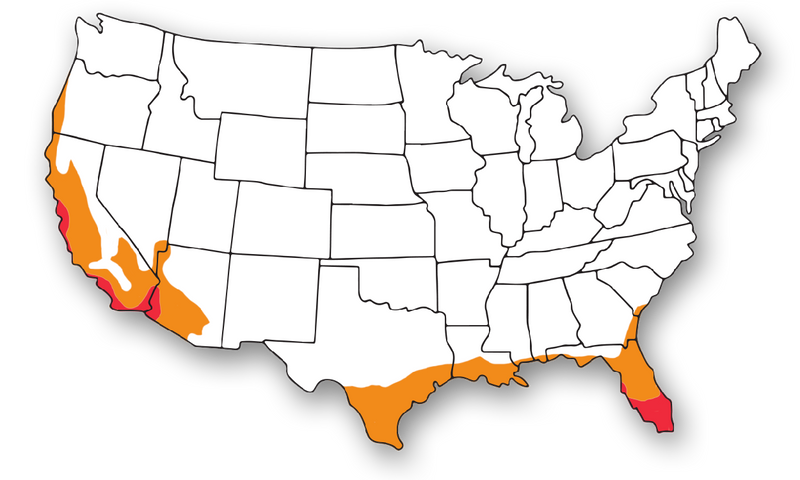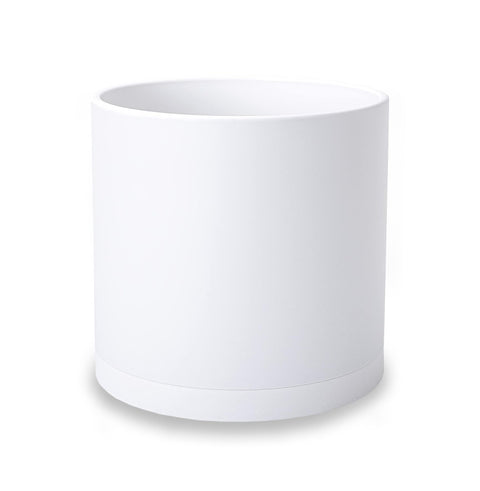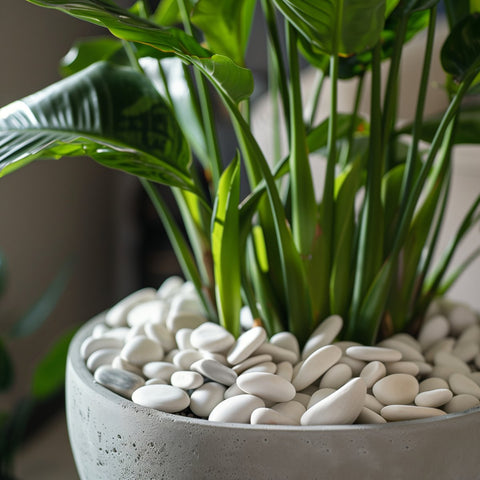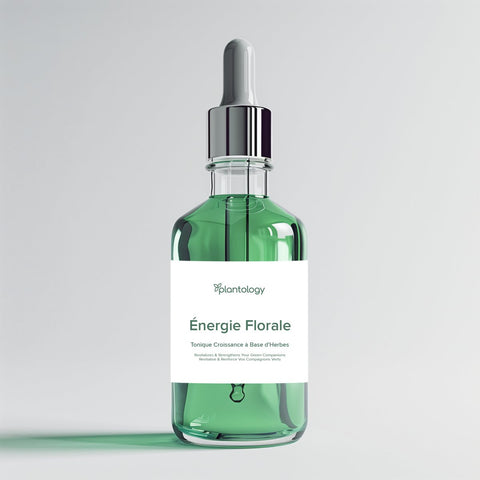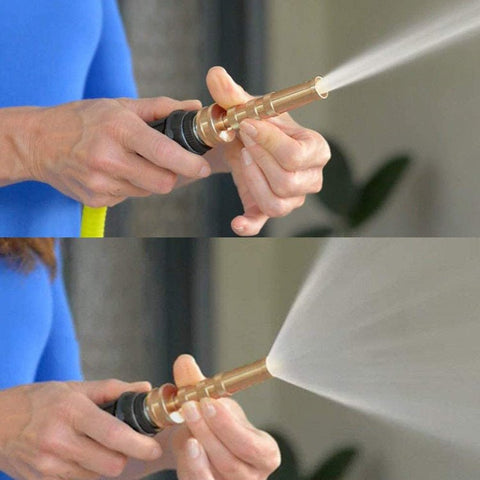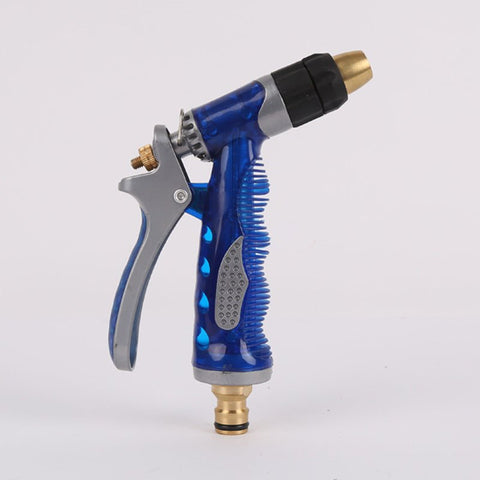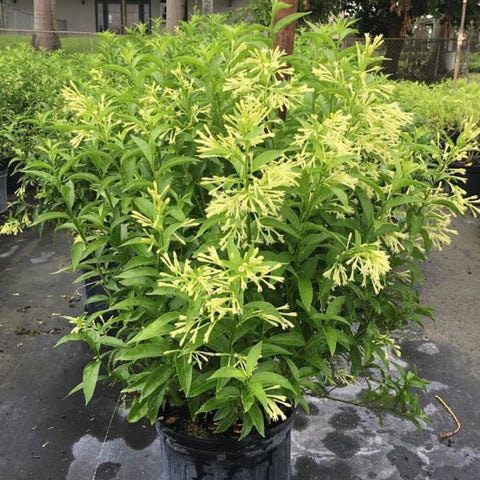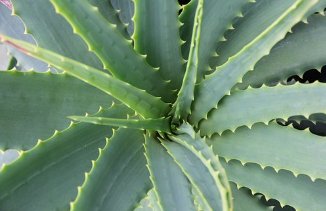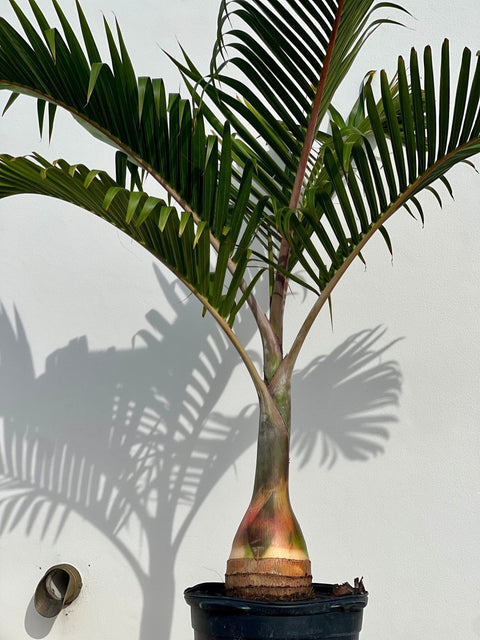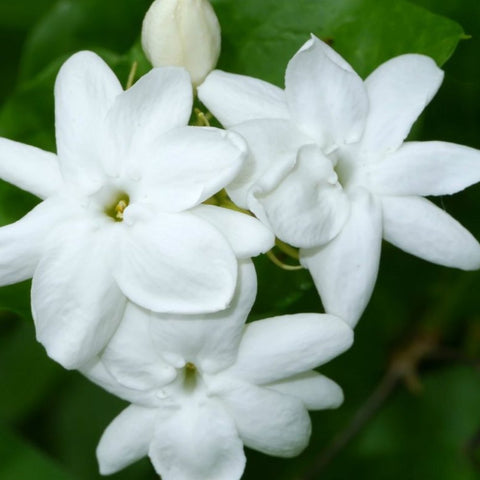Growing & Care Tips
Bulbine Yellow: A Vibrant and Hardy Succulent
How to Grow Bulbine Yellow
Bulbine Yellow is a hardy plant that can thrive in a variety of conditions. This succulent prefers well-draining soil and full sun exposure, but it can also tolerate partial shade. When planting Bulbine Yellow, make sure to space the plants at least 12 inches apart to allow for proper growth.
Care Tips for Bulbine Yellow
Bulbine Yellow is a low maintenance plant that requires minimal care. Water the plant sparingly, allowing the soil to dry out completely between waterings. Fertilize the plant once a month during the growing season with a balanced fertilizer. Prune the plant as needed to maintain its shape and remove any dead or damaged leaves.
Uses for Bulbine Yellow
Bulbine Yellow is a versatile plant that can be used in a variety of ways. Its vibrant yellow flowers make it a great addition to any garden or landscape. The plant can also be grown in containers and used as a decorative accent in indoor spaces. In addition, the sap from the leaves of Bulbine Yellow has been used in traditional medicine to treat a variety of ailments.
Planting Tips for Bulbine Yellow
When planting Bulbine Yellow, make sure to choose a well-draining soil mix. The plant prefers full sun exposure, but can also tolerate partial shade. Water the plant sparingly, allowing the soil to dry out completely between waterings. When planting in containers, make sure to choose a pot with drainage holes to prevent water from accumulating in the soil.
Maintenance of Bulbine Yellow
Bulbine Yellow is a low maintenance plant that requires minimal care. Water the plant sparingly, allowing the soil to dry out completely between waterings. Fertilize the plant once a month during the growing season with a balanced fertilizer. Prune the plant as needed to maintain its shape and remove any dead or damaged leaves.
Pests and Diseases of Bulbine Yellow
Bulbine Yellow is a hardy plant that is resistant to most pests and diseases. However, the plant can be susceptible to root rot if overwatered. To prevent root rot, make sure to allow the soil to dry out completely between waterings. In addition, keep an eye out for mealybugs and spider mites, which can be treated with insecticidal soap.
Frequently asked questions
When growing Bulbine Yellow (Bulbine frutescens), maximizing cost-effectiveness is key to ensure a successful and budget-friendly gardening experience. Here are some tips to help you achieve this: 1. Choose the right location: Bulbine Yellow thrives in full sun and well-draining soil. By selecting a suitable spot for your plant, you can reduce the risk of issues such as waterlogging or poor growth, ultimately saving you time and money on corrective measures. 2. Proper watering and fertilization: Overwatering can lead to root rot, while under-watering can stunt growth. Finding the right balance and using a slow-release fertilizer can help minimize costs associated with replacing unhealthy plants or excessive fertilization. In conclusion, maximizing cost-effectiveness when growing Bulbine Yellow involves selecting the right location, proper watering and fertilization practices, and regular monitoring of plant health. By following these tips, you can enjoy a thriving garden without breaking the bank. Remember to prioritize the health and well-being of your plants while being mindful of your budget.
Estimated Shipping Time: Most orders ship immediately. As noted on the website, some items are seasonal, and may only ship in spring or fall. Once your order is shipped, you'll receive an email with a tracking number.
Shipping Cost:
Orders less than $199 have a standard $29.95 shipping cost. Orders over $199 SHIP FREE
